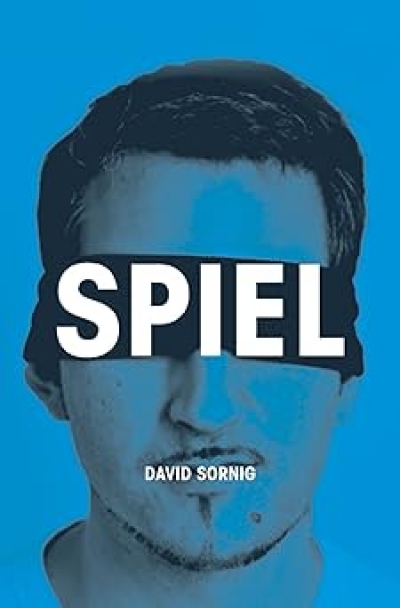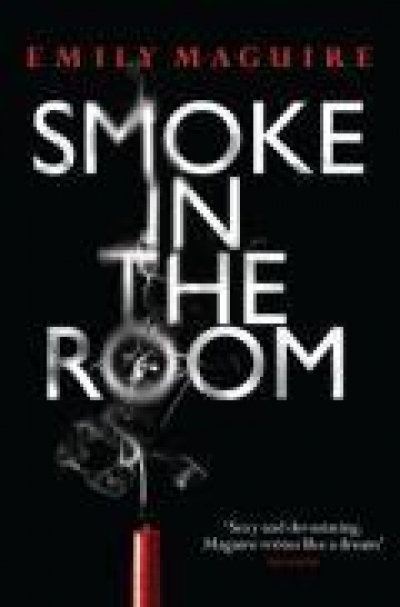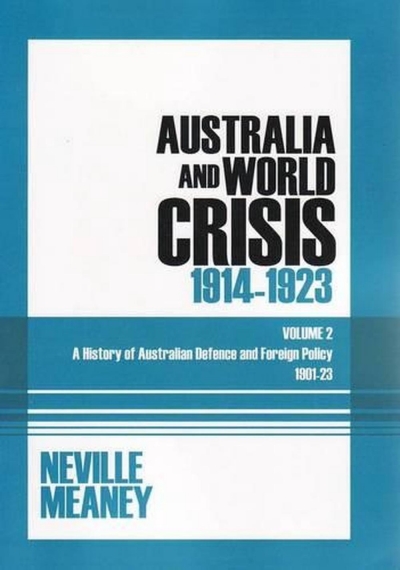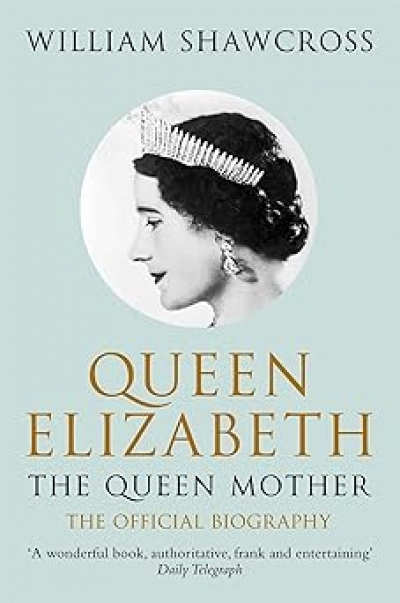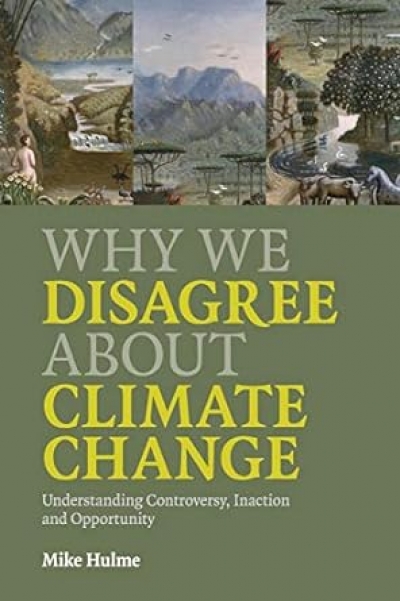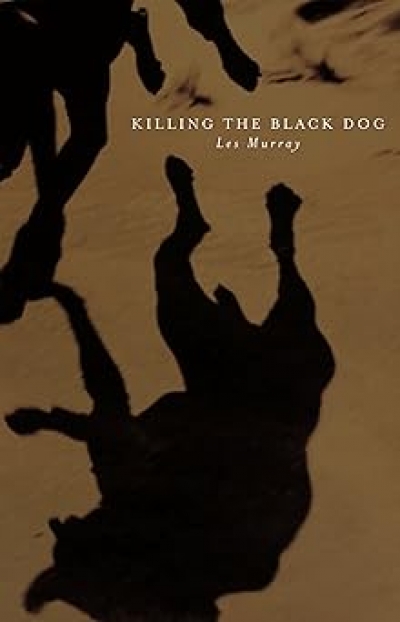Archive
Crab & Winkle: East Kent & Elsewhere, 2006–2007 by Laurie Duggan
by Michael Farrell •
A History of Australian Defence and Foreign Policy 1901–23: Volume Two – Australia and World Crisis, 1914 – 1923 by Neville Meaney
by Hugh White •
Queen Elizabeth: The Queen Mother: The Official Biography by William Shawcross
by Barry Everingham •
Why We Disagree About Climate Change by Mike Hulme & Quarry Vision by Guy Pearse
by Rosaleen Love •
Literary Melbourne: A Celebration of writing and ideas edited by Stephen Grimwade
by Kylie Mirmohamadi •

